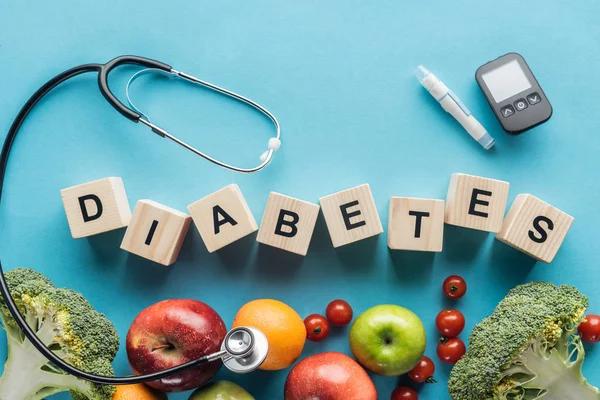Beginning a low-carb diet can be an exciting journey towards improved health and wellness. However, it can also feel overwhelming when you’re not sure where to start. This guide will provide beginners with the ultimate low-carb meal plan to kickstart their health.
A low-carb diet primarily involves reducing carbohydrate intake while increasing the consumption of proteins and fats. It’s a proven method for weight loss, improving heart health, controlling blood sugar levels, and enhancing overall wellbeing. The key to success in this dietary approach is planning your meals appropriately.
When starting on a low-carb meal plan, it’s crucial to understand what foods are allowed and which ones should be limited or avoided altogether. Foods that are high in carbs include grains (like pasta and rice), legumes, fruits (especially tropical fruits), sugary drinks, sweets, and starchy vegetables like potatoes. On the other hand, foods that are typically included in a low-carb diet include lean meats (such as chicken or turkey), fish, eggs, non-starchy vegetables (like leafy greens), nuts/seeds, dairy products rich in fat but without added sugars (like cheese or Greek yogurt), healthy oils (like olive oil or avocado oil) and berries.
The first step toward creating your ultimate low-carb meal plan is identifying your daily carb limit. For most individuals aiming for weight loss through this dietary approach, consuming between 20-50g of net carbs per day seems effective.
Once you’ve determined your daily carb intake goal; begin crafting balanced meals around protein sources – these should make up about 25-30% of each meal – complemented by plenty of non-starchy veggies for fiber and micronutrients along with healthy fats for satiety.
Breakfast could consist of scrambled eggs cooked with spinach and topped with avocado slices; lunch might be grilled chicken salad dressed with olive oil; dinner could feature pan-seared salmon served alongside steamed broccoli and a handful of almonds for dessert.
Snacks should also be low in carbs but high in protein or healthy fats to keep you feeling satisfied between meals. Consider options like celery sticks with almond butter, Greek yogurt topped with a few berries, or a small portion of cheese with cucumber slices.
The key to making this diet work is variety – ensure you’re rotating your food choices to prevent boredom and nutrient deficiencies. Also, it’s essential to listen to your body. If you feel hungry all the time or lack energy, consider adjusting your carb intake slightly higher until you find what works best for you.
Remember that hydration is crucial on any diet plan; aim for at least 8 cups of water per day along with unsweetened tea or coffee if desired.
In conclusion, starting a low-carb meal plan doesn’t have to be daunting. With careful planning and mindful eating habits, it can serve as an effective tool towards achieving better health and wellness goals. Start slow, make adjustments as necessary, and soon enough, this dietary approach will become second nature.



